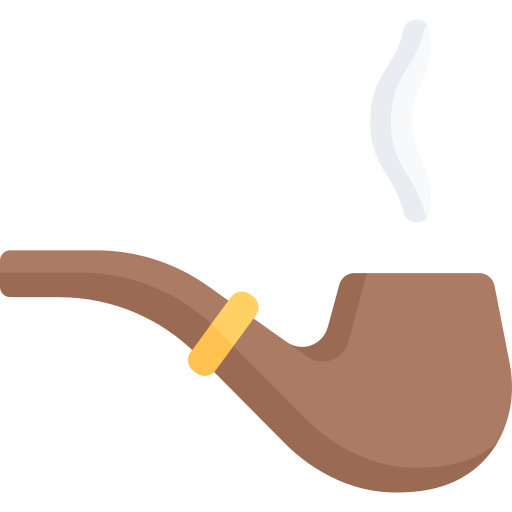A Complex Intersection
The Elizabethan era (1558-1603) was characterized by intricate intersections of gender roles and class distinctions, shaping the experiences and status of women across different social strata. Women’s lives were influenced by their societal roles, economic backgrounds, and the norms that governed their interactions.
Noble Women: The Aristocratic Ideal
Noble women of the Elizabethan era were expected to embody the ideal of chastity, modesty, and refinement. Their roles were largely confined to domestic affairs, managing households, overseeing the upbringing of children, and participating in social events. While noble women had access to education, their learning was often tailored to complement their expected roles as wives and mothers.
Marriage as an Economic Transaction
For noble women, marriage was often an economic arrangement aimed at securing alliances, power, and wealth. Marriages were negotiated by families, and the expectations placed on noble women to bear heirs and maintain family honor added to the weight of their responsibilities.
Common Women: Balancing Work and Home
Women from the common strata of society faced different challenges. Many common women were engaged in agricultural work, trade, or craft alongside their domestic responsibilities. Their lives were marked by the constant juggling of work, household chores, and childcare.
Education and Literacy
Education and literacy were largely inaccessible to common women. While noble women had access to tutors and could engage in intellectual pursuits to some extent, common women were primarily focused on acquiring practical skills that contributed to their families‘ survival.
The Role of Entertainment and Culture
Entertainment and cultural activities played a significant role in both noble and common women’s lives. Noble women enjoyed cultural pursuits such as music, dance, and literature, often as forms of socializing and displaying refinement. Common women engaged in folk traditions, storytelling, and local festivities, contributing to their communities‘ sense of identity.
Shared Challenges: Legal Constraints
Despite differences in social strata, women across all classes faced legal constraints. Women had limited legal rights, and their legal status was often determined by their marital or familial ties. Inheritance laws favored male heirs, reinforcing gender disparities.
Challenging Norms: Trailblazers and Rebels
While societal norms were restrictive, some women challenged these limitations. A few noble women managed to wield influence beyond their expected roles, engaging in politics, cultural patronage, and diplomacy. In the common strata, some women engaged in trade or became recognized healers, challenging traditional gender roles.
Legacy and Modern Reflections
The gender roles and class distinctions of the Elizabethan era continue to influence discussions about gender equality and social justice today. The experiences of women from different strata offer insights into the complexities of intersectionality and the ongoing struggle for women’s rights.
Redefining Narratives
Examining women’s status across different social strata allows us to redefine historical narratives. By acknowledging the diversity of experiences, we gain a more holistic understanding of the roles women played and the impact they had on shaping the era.
Conclusion
The status of women in the Elizabethan era was a complex tapestry woven with threads of gender roles and class distinctions. From noble women navigating alliances and expectations to common women balancing labor and domestic responsibilities, each stratum had its own challenges and opportunities. By exploring these intersections, we unveil a multidimensional portrait of women’s lives that enriches our understanding of the era’s social fabric.

